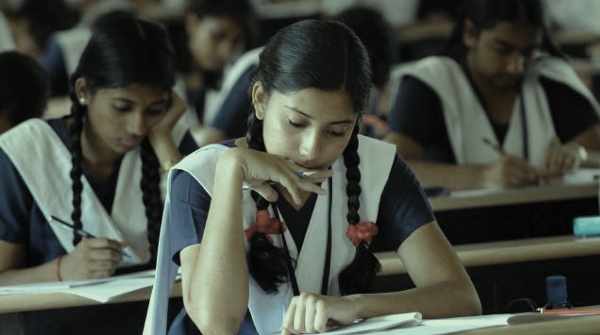
India has always been known all over the world for ages for the respect that is showered on teachers and for knowledge, Dr Vinay Agrawal, Chancellor, ISBM University, for Elets News Network (ENN).
Pulling itself out from widespread illiteracy, India has managed to bring its education system at par with the global standard. The number of schools witnessed a dramatic increase during the post-independence era. The Parliament made elementary education a fundamental right for children in the age group of 6-14 years by passing the 86th amendment to the Constitution in 2002. At independence, India’s literacy rate was a paltry 12.2 % which increased to 74.04% in 2011.
The Government launched the Sarva Siksha Abhiyan in 2001 to ensure education for the children from 6 to 14 years. Prior to that, it had launched an effective initiative – Sponsored District Education Programme, which increased the number of schools across the country. In a bid to attract children to schools, especially in rural areas, the government also started implementing the mid-day meals programme in 1995.
But just as much, the cost of education also has gone tremendously higher. 572m population falls in the age group 0-24 years – it’s double the US population. 230m students enrolled every year – 219m for KG- 12, 11m for higher education. 246,000 candidates apply for CAT in 2009 – 3x that a decade ago. Till 1993, one used to think whether 100,000 INR will be enough as Cost of my entire 15 years of education up to post-graduation. Today, one thinks whether 100,000 INR shall be enough as fees I pay for my daughter’s pre-school & kindergarten. Price of education has increased by 3-6x over the last decade.
India is in the process of changing gears on the development and the next 10 years is going to see a lot of activity on several fronts like manufacturing, construction, retail, and services. But the India success story pretty much depends upon the number and quality of its workforce. The demographics are exciting. With 54% of its 1.2 billion population under the age of 24, India is the youngest country in the world.
If India is to realize its dream of becoming an emerging superpower over the next two decades, then it is time to do a reality check on our education system and see how prepared our system is to meet the demand for skill development of our potential workforce.






















